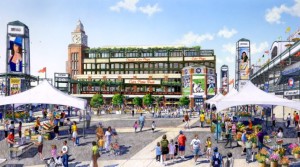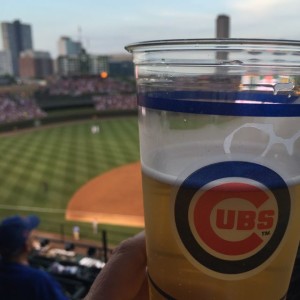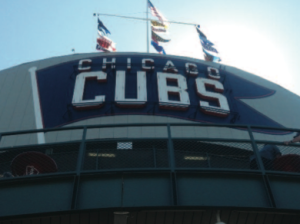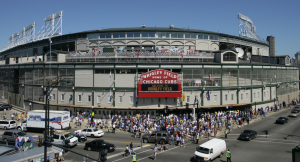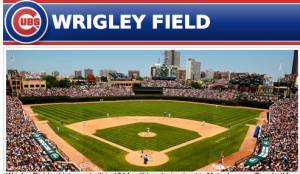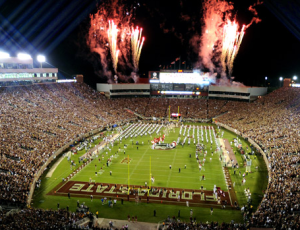 Extreme Networks and DAS Group Professionals have been selected by IMG to build a new Wi-Fi and DAS network respectively at Florida State University’s Doak Campbell Stadium, the 82,300-seat home of the Seminoles football team, according to the school’s website.
Extreme Networks and DAS Group Professionals have been selected by IMG to build a new Wi-Fi and DAS network respectively at Florida State University’s Doak Campbell Stadium, the 82,300-seat home of the Seminoles football team, according to the school’s website.
Extreme, which has mainly made its stadium name in pro football venues, has one other college deployment that we know of but nothing on the scale of regular national-championship caliber FSU. DGP, which was relatively unknown until its Levi’s Stadium deployment last year, is now racking up big deals in a hurry, following its selection (also alongside Extreme) by the Chicago Cubs for new communications infrastructure at Wrigley Field.
Since the press release said the deals are only so far at the “evaluation” stage that means that Wi-Fi and DAS aren’t available yet. More details on this deal as we hear them, in what is shaping up to be a very busy season of new stadium deployments. This also appears to be the first fruit of the Extreme/IMG relationship announced last winter.
